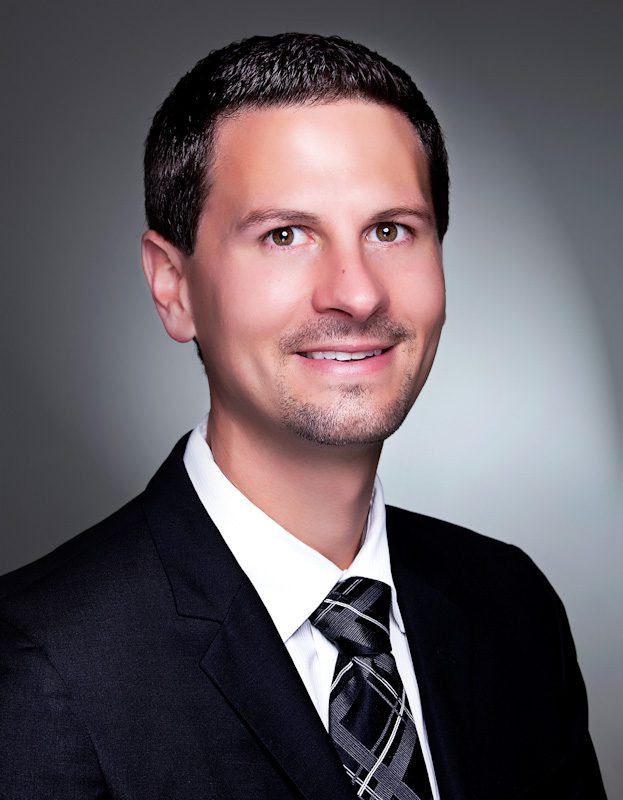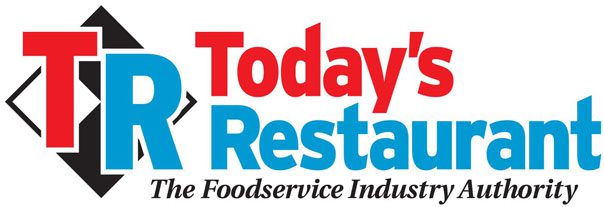
Why combat rising property insurance costs in 2022 with CAT modeling?
by Stefan Burkey
To say that the COVID-19 pandemic shook up the food industry would be a massive understatement. From temporary and permanent shutdowns to an acceleration of on-demand delivery and a staffing shortage that has 78% of restaurant owners reporting not enough employees to meet current customer demand, it’s one challenge after another for restaurant owners across the U.S.
But it wasn’t just COVID-19 that impacted restaurant owners in recent years. Natural disasters have eaten up a significant portion of property insurance capacity, with separate billion-dollar weather and climate disasters causing owners to consider their real estate risk alongside these other economic factors.
Extreme weather doesn’t discriminate. Buildings once miles away from the nearest flood zone suffered significant water damage during the 2021 hurricane season. And while these catastrophes are extreme, they are no longer rare. Real estate owners should expect more of the same in 2022.
While old-fashioned, non-tech risk solutions and controls, such as water mitigation and disaster recovery planning, will never go out of style, restaurant owners – especially those with large property portfolios – should consider CAT modeling technology as a critical tool for risk management in 2022 and beyond.
What is CAT modeling and how does it work?
Catastrophe (CAT) modeling has been around for decades, used by insurers and risk managers to determine accurate risk management strategies and ensure that the real estate owners they are providing coverage to are resilient enough to withstand a major disaster. It’s a crucial tool in their underwriting and pricing processes.
A stronger insurance program for your business is based on a strong understanding of your risk. Used as a measurement tool, CAT modeling can provide you with insight into the risk profile of your stand-alone building or chain of locations. Based on geographical location, and relying on data about your property, it can be used to evaluate your risk of catastrophic events in your region.
You can then use this information to ensure you come in at the right insurance coverage amount. Say you could purchase a $15M policy to cover your assets but then a CAT model suggests $30M of coverage. While you would save premium every year with the $15M policy, one catastrophic event could greatly exceed your coverage limit and leave your business unrecoverable.
What can a CAT model determine?
There are two key things CAT modeling can determine: the severity of the event and the potential frequency.
For example, what is the model of a category 4 hurricane in your area? A flood? CAT modeling provides the data needed for experts to analyze and interpret into meaningful conclusions for your real estate investments.
Real estate insurance experts can tell you the number of catastrophic events that have taken place in your area, from an average annual loss to a single occurrence perspective. CAT modeling takes this knowledge to another level by extending it across your total geographical spread of total insurable values. It can help you answer the question “How much insurance should I buy for a potential earthquake/fire/flood in this location?” as well as “How much should I buy for the entire portfolio for each peril?”
While there is no crystal ball in an environment growing more extreme year-over-year, CAT modeling can help owners manage their real estate risk. While it may not be the solution for every small business owner with already strained resources, for larger establishments and chains it can provide a perspective of risk unmatched by non-tech alternatives.
For CAT modeling to be effective, owners need to partner with experts who can both evaluate the data being fed into the modeling and interpret the results. And while modeling cannot help you avoid a natural disaster, it can set you up for minimal losses if one does occur in your area.
About the author:
Stefan Burkey is the hospitality practice leader for HUB International Florida. In this role, he oversees insurance placement solutions for owners, developers, and operators from limited-service hotels to full-scale resorts. Stefan and his team clearly understand the financial needs and exposures associated with the hospitality industry, and their singular focus has generated profound market knowledge and significant buying power for HUB clients throughout Florida and the U.S.
To read more articles about the restaurant industry visit www.trnusa.com/blog





Recent Comments